A eulogy for the Wii U
Nintendo's lost generation
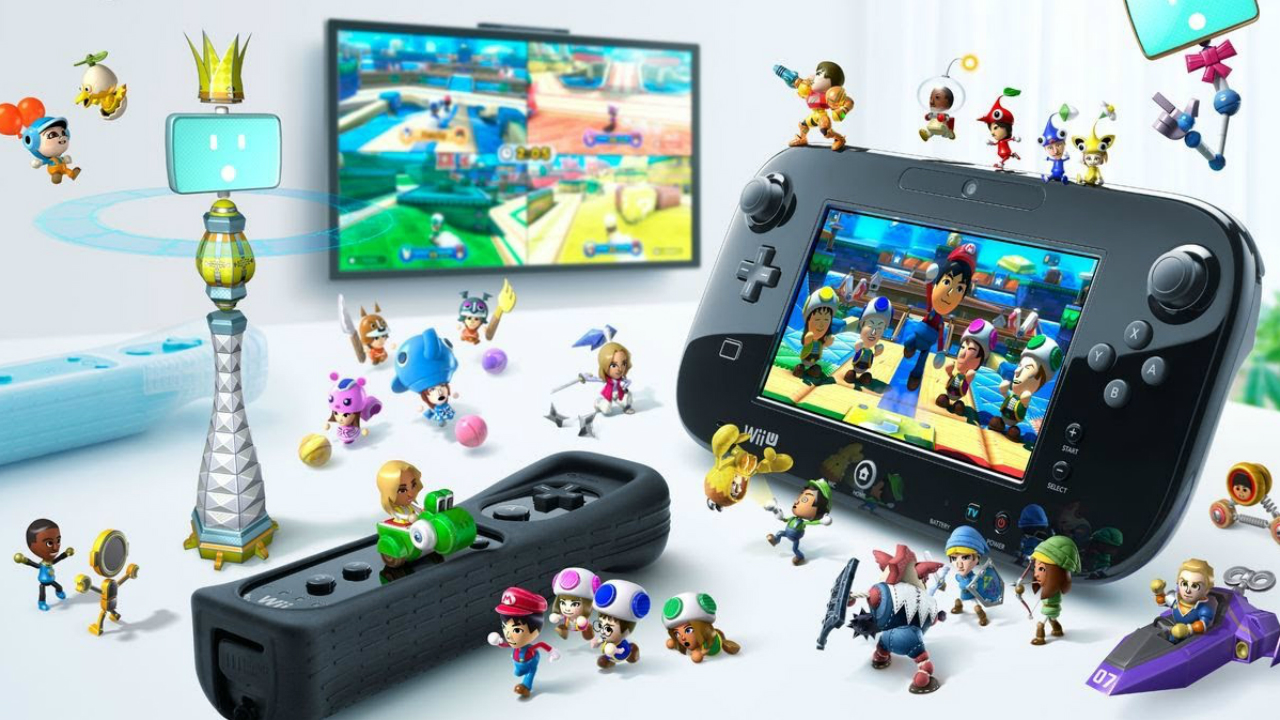
Nintendo has confirmed that Wii U production is coming to an end, four years after the console first hit store shelves. In typical Nintendo fashion this announcement followed official denials of rumors to that effect; a sign of just how stubborn the Japanese veteran can be, even when faced with the blindingly obvious.
The reality is that no amount of positive spin can alter the fact that the Wii U has been an unmitigated disaster in purely commercial terms. With 13.36 million units sold at the last count, it is by some margin Nintendo's least popular home console (if we ignore the Virtual Boy, which was primarily powered by AA batteries, and the Japan-only Color TV-Game from the '70s).
After the dizzying heights of the Wii, which won the previous console generation with over 100 million units sold worldwide, the Wii U will go down as a particularly embarrassing fall from grace.
Nintendo’s nightmare
Officially announced back in 2011, the Wii U's unique dual-screen setup seemed exciting and innovative, offering "asymmetrical gameplay" where one player could experience a completely different perspective thanks to the Gamepad's display. The promise of compatibility with Wii accessories – as well as the Wii name in the system's branding – was a clear message to the many millions who had already taken the plunge on Nintendo's existing console: this new system offers the same fun, but with a dual-screen twist.
After the stunning success of the Wii, it seemed that Nintendo could do no wrong. Third parties threw their weight behind the Wii U, with Electronic Arts, THQ, Ubisoft and Activision all ensuring that they had software ready for the 2012 launch.
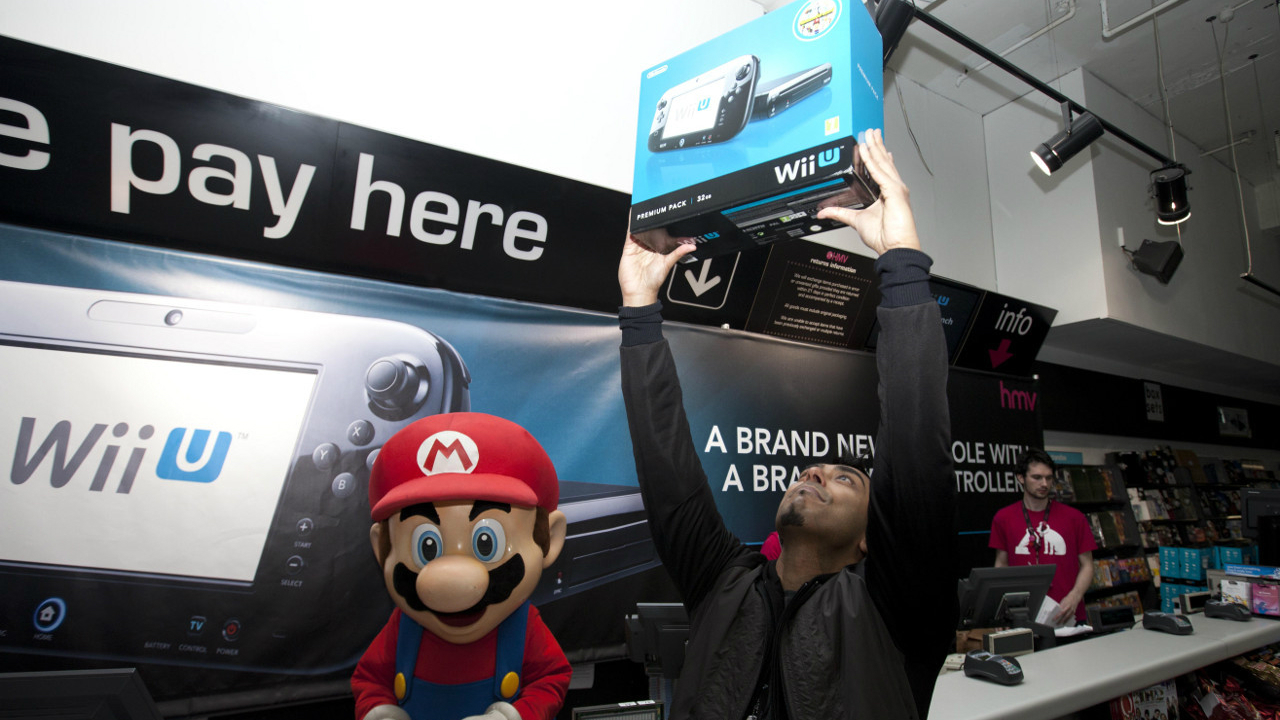
Early titles like ZombiU and Nintendo Land showcased the uniqueness of the machine; in the former, it was necessary to remove your gaze from the TV screen and tap in codes on the Gamepad while the action – and zombies – continued to move in terrifying real-time. In the latter, asymmetrical gameplay was highlighted by mini-games like Mario Chase and Luigi's Ghost Mansion, where the Gamepad player's movements were hidden from those using the TV.
The tragedy is that Nintendo Land – despite its status as a pack-in launch title – would be one of the best adverts for the console and was never really bettered in this respect, not even by Nintendo itself.
Sign up for breaking news, reviews, opinion, top tech deals, and more.
U? Me? What, Wii?
Almost from the off, the message surrounding the Wii U was muddled and confused. Nintendo's early advertising focused on aspects such as off-TV play, which allowed you to play certain titles even when the main television was in use for other activities. While this was undoubtedly a nice extra for busy households, Nintendo perhaps overestimated its importance to your typical player, who refused to game on anything but the biggest HD screen.
Nintendo's marketing also failed to effectively communicate that the Wii U was an entirely new system, and not merely an extension of the original Wii – something that was perhaps exacerbated by the fact that accessories like Wii Remotes worked on the newer console. Even today, it's amazing how many people who owned a Wii are still blissfully unaware that a successor even exists – and that's as solid an indication as any that Nintendo's promotion of the console missed its mark entirely.
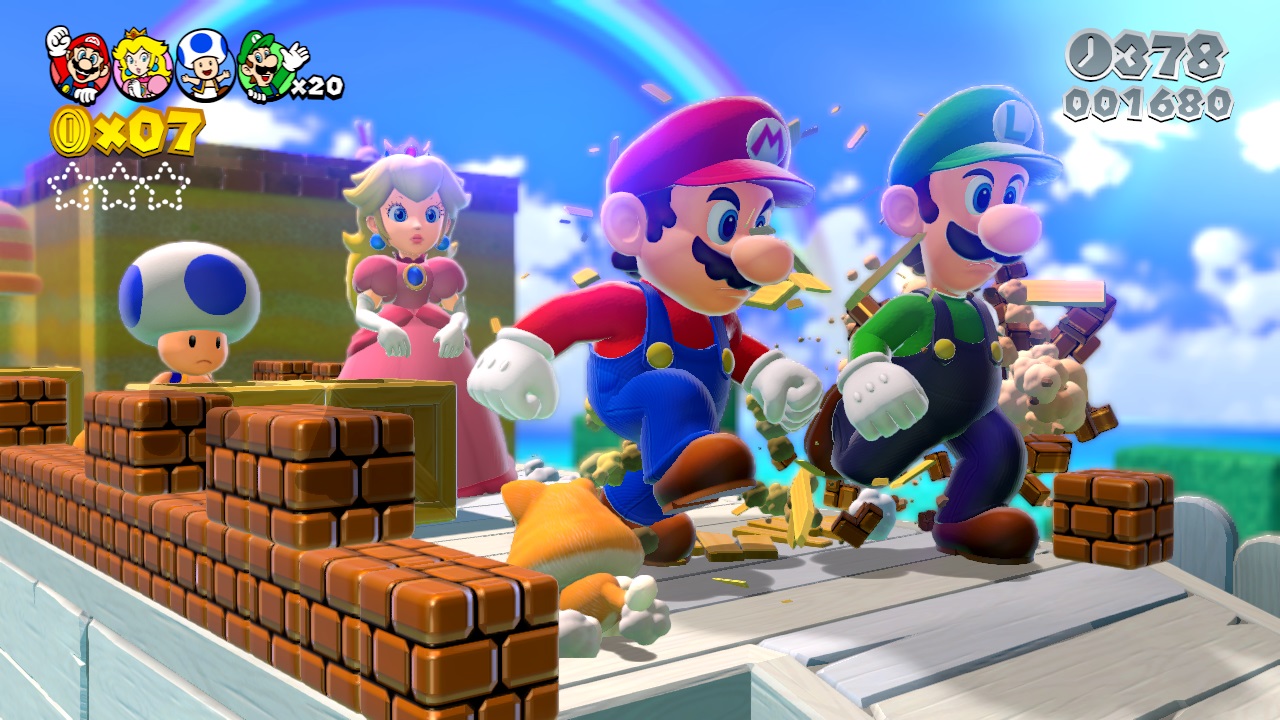
Other problems related to the hardware itself, and the core concept of dual-screen play – the USP that the entire machine was built around. The lag-free wireless connection between the Wii U and its Gamepad controller was and still is impressive, but its range is limited and the battery life of the pad itself is dire. The pad was also criminally underused by both Nintendo and third-party developers; when it was confirmed that the Gamepad's screen would be blank during play in Donkey Kong Country: Tropical Freeze, it was abundantly clear that even Nintendo had given up trying to leverage the one truly unique selling-point of its system.
The Wii U's abject failure is made all the more tragic by the fact that it is home to some of the best video games of the past decade. Super Mario 3D World is arguably the zenith of the plumber's adventures in three dimensions, while Mario Kart 8 can boast a similar ranking in the world of Nintendo-made racing games. Bayonetta 2 – funded by Nintendo itself in a moment of inspired brilliance – should really have attracted more "core" players to the console, and Super Smash Bros. refined the famous fighter to the point where it's hard to see how sequels can better it.
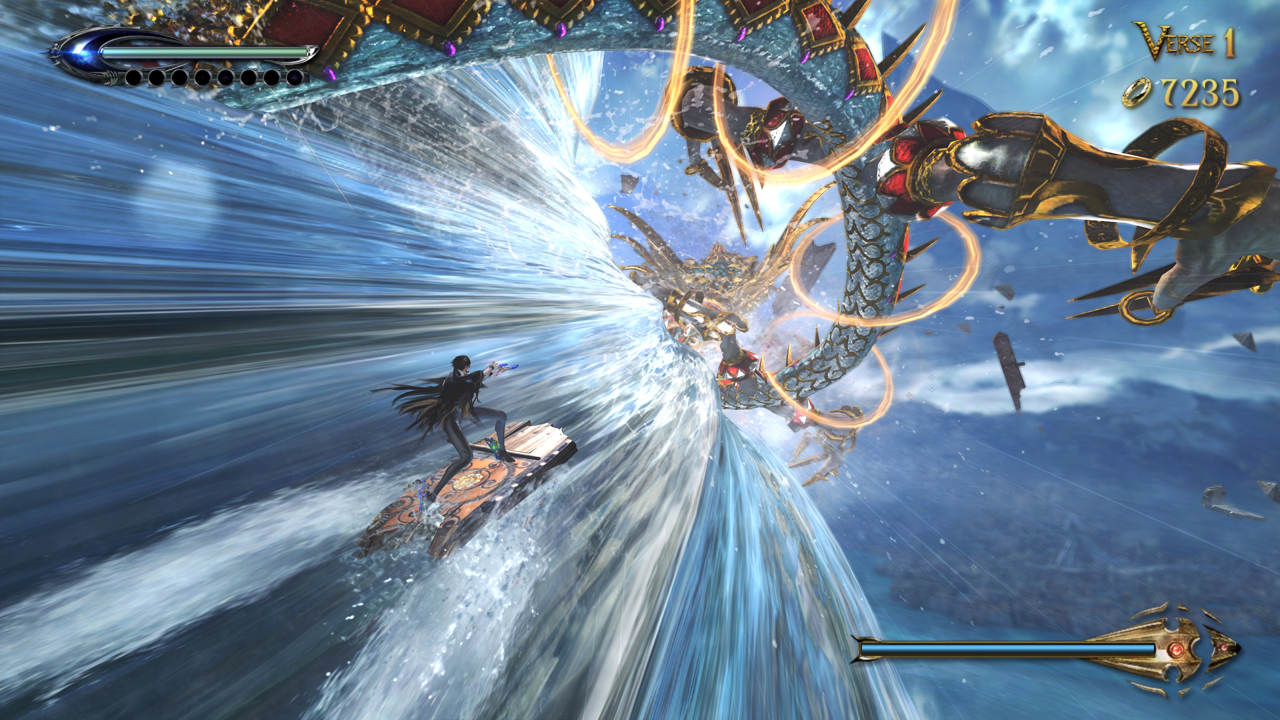
Factor in titles like Rayman Legends (the definitive version), The Wonderful 101, Lego City Undercover, ZombiU, Xenoblade Chronicles X, Super Mario Maker and the superb Splatoon, and it's clear that the Wii U wasn't short on must-have titles.
The big issue is that many of its best releases were separated by many months, leaving massive fallow periods where owners simply had nothing new to play. Third party support waned quite quickly once it became clear that the console was never going to sell in large numbers, with developers reluctant to plough cash into adapting their titles for dual-screen support when the potential rewards were so small. A case in point is Criterion's Need For Speed: Most Wanted U, a drastic revision of the existing Xbox 360 and PS3 title which added in plenty of cool Nintendo-exclusive features and content, but sold dismally.
Could the Wii U have been saved?
With the benefit of hindsight it's easy to offer opinions on what Nintendo could and should have done differently to ensure the Wii U's success. The company's desire to do something unique – a commendable quality which led it to dominate with the Wii and Nintendo DS – proved to be its undoing this time around, with second-screen gaming already considered by many to be a dead-end even by the time the Wii U hit store shelves. Several botched attempts by the likes of EA and Ubisoft to combine smartphones and tablet apps with their console releases proved that.
Should Nintendo have focused on the fact that its new console was essentially a HD Wii, and should it have done away with the Gamepad altogether? Such a move would have maintained a stronger link with the previous console and would also have allowed Nintendo to reduce the retail price of the machine considerably.
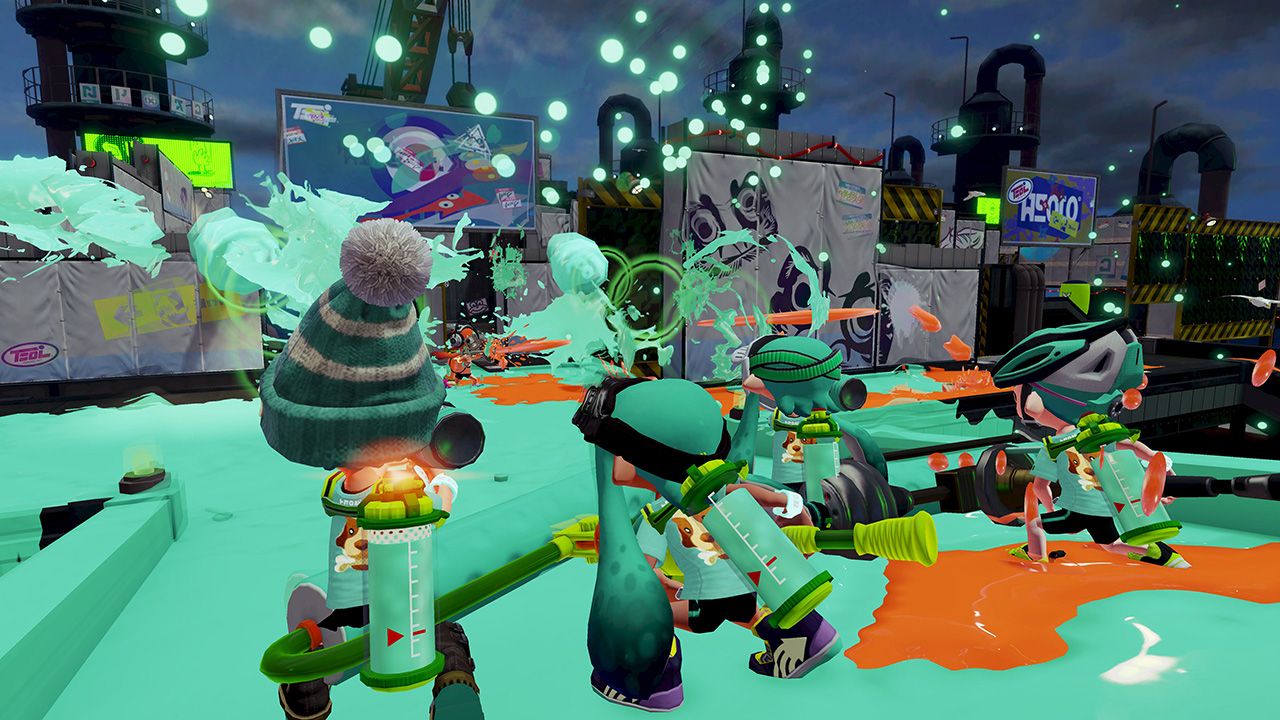
We'll never know, but the fact that the company's next machine, the Nintendo Switch, has abandoned dual-screen gaming would suggest that Nintendo is happy to be a bit more conventional this time around.
History will no doubt look back on the Wii U as a failed masterpiece; like Sega's Dreamcast, it possessed quality games and attracted a loyal fanbase, but mainstream popularity – such an important quality in an era where platforms can live or die by the volume of their third-party support – always eluded it.

A combination of errors – poor marketing, bad design choices and lack of software – all came together to deny the Wii U the amazing commercial success that its predecessor enjoyed, but the console is far from being a complete write-off, and in the near-future it is likely to grow in stature thanks to the quality of its software – software which Nintendo would be wise to remaster and resell to players during the Switch era.
If you were one of those brave enough to invest in the Wii U then you won't need telling that it hosts some truly amazing titles – titles which should have more than justified your initial outlay. Those of you who held back may want to consider picking one up on the cheap and experiencing first-hand what is sure to become known as Nintendo's lost generation – a period of four years where the company released some of its best software on a console that was ultimately doomed to commercial failure.
- Nintendo Switch release date, news and features